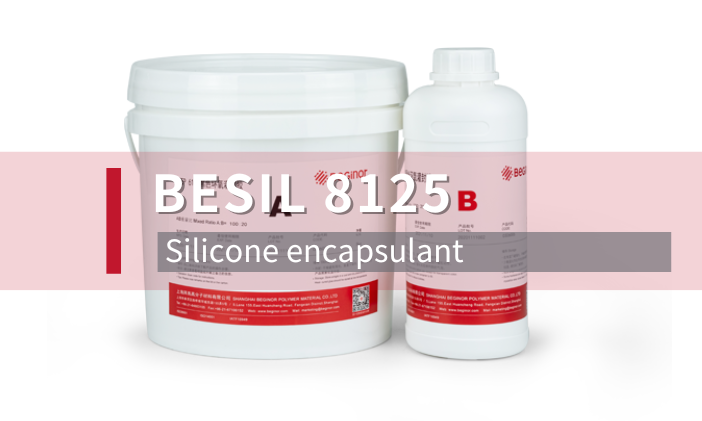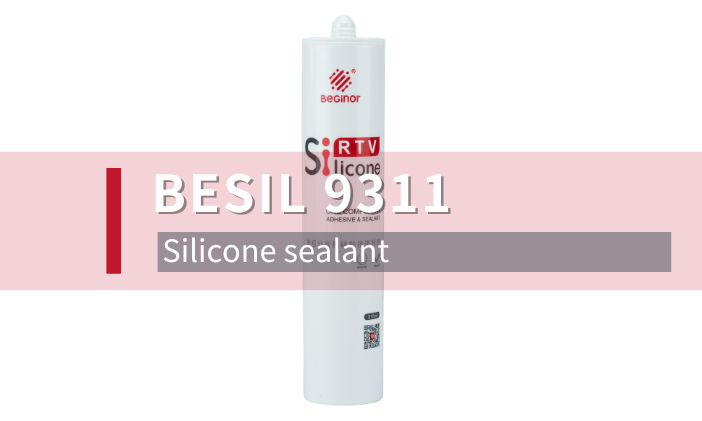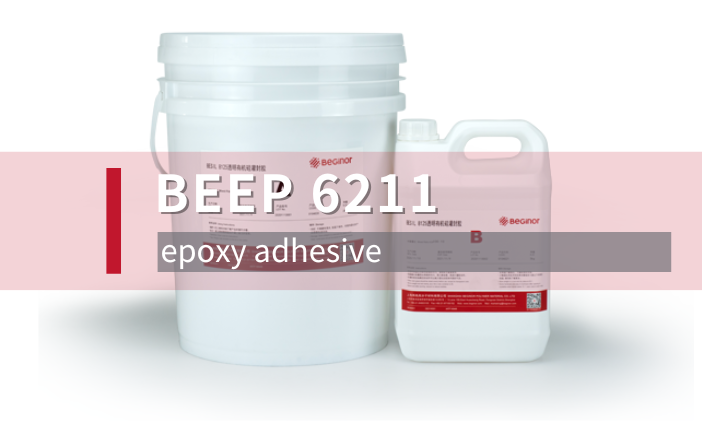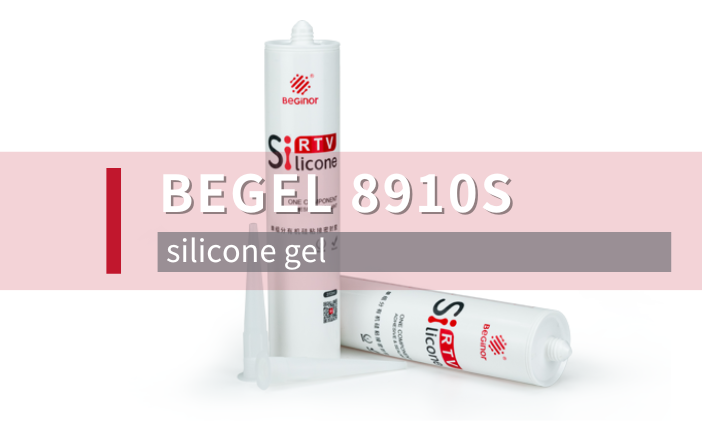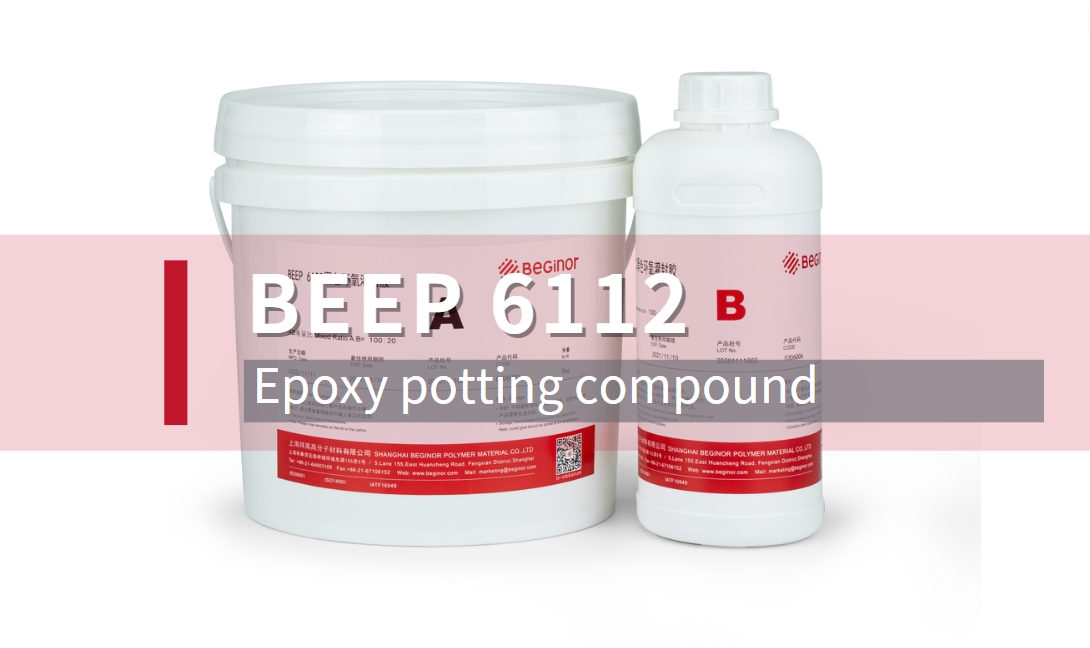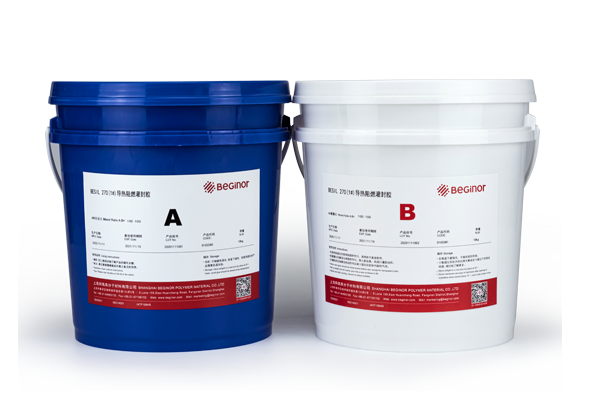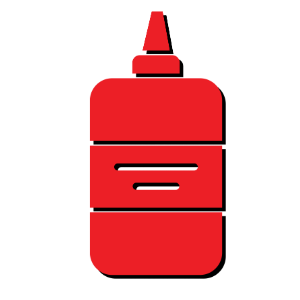In the context of global energy transformation and the rapid development of new energy vehicles, lithium batteries are being used more and more widely as core energy storage technology. Especially in the hard PACK (or soft pack) PACK system, the square battery has become one of the mainstream, and its high energy density, long cycle life and high safety make it widely used in electric vehicles (EV), energy storage, consumer electronics and other fields. However, with the increasing application demand, lithium batteries are also facing many technical challenges in the production, use and maintenance process, especially in the battery solder joint protection and shell sealing.

Classification and challenges of lithium batteries
Lithium batteries can be mainly divided into the following types:
Cylindrical batteries: Common in consumer electronics and some small and medium-sized power tools. Its structure is simple, the production process is mature, and can provide better stability.
Square batteries: Commonly used in electric vehicles (EVs) and energy storage devices. The advantages of square batteries are high energy density, customizable volume, and compact structure, which is suitable for large-scale battery pack applications.
Soft pack battery: has a wide range of applications in the field of electric vehicles, especially in some high-end models. It uses flexible packaging, which can improve the design flexibility of the battery pack to a certain extent, and reduce the volume and weight.
Although the square battery performs well in many applications, in actual use, the square battery also faces some technical challenges, mainly reflected in the solder joint protection, aluminum shell packaging, and the battery may encounter high temperature, vibration and other problems during use. These challenges, if not properly addressed, may affect battery safety, reliability, and service life.
Challenge: Protection of square battery solder joints

In the PACK design of the square battery, the solder joint is an important part of the interconnection of each unit in the battery pack. These solder joints carry the current transmission of the battery, and if the solder joints are not effectively protected, they will face the following problems:
Solder joint fatigue damage: During the use of the battery, with the charge-discharge cycle, the battery will experience changes in thermal expansion and contraction. This thermal cycle can cause fatigue in the solder joint material, which can cause the solder joint to break or fail, and even lead to a short circuit of the battery.
Environmental corrosion: moisture, salt spray and other environmental factors may accelerate the oxidation corrosion of the solder joint, seriously affecting the conductivity of the solder joint, and thus affecting the working efficiency of the battery.
Safety hazard: Insufficient protection of the solder joint may lead to short circuit or electrical failure of the battery, and even cause serious safety problems such as fire or explosion.
In order to solve these problems, it is recommended to use the EP 2025 FR adhesive, which has excellent properties such as fast curing (5 minutes), toughness and resistance to yellowing. The EP 2025 FR not only effectively protects the solder joints, extending the service life of the solder joints, but also prevents battery failure due to solder joints aging.
Challenge: The sealing problem of the blue film back adhesive of the aluminum shell of the square battery
The shell of the square battery is usually made of aluminum, which not only protects the internal components of the battery, but also improves the mechanical strength of the battery. However, aluminum shell batteries also face sealing problems, especially in high temperature and high humidity environments, if the connection part of the aluminum shell and the battery is not effectively sealed, it may lead to the following problems:
Moisture intrusion: Moisture may enter the battery, causing internal components to become damp, resulting in short circuits or reduced battery performance.
Gas leakage: During the charge and discharge process, gas expansion occurs inside the battery, and a poorly sealed battery may lead to gas leakage, which affects the safety of the battery.
Mechanical damage: The aluminum casing may be deformed due to external vibration or impact, affecting the structural stability and safety of the battery.
In order to effectively solve these problems, the use of EP 6212-2-4 backing material is a very good choice. The product has good toughness (Shore D 60) and supports temperature curing and room temperature curing, which can be selected according to the needs of practical applications. EP 6212-2-4 not only has excellent sealing, but also remains stable under extreme conditions such as high temperature and vibration, ensuring effective protection between the battery's housing and internal components.



